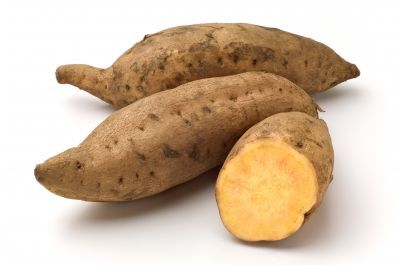International Potato Center opens Asia branch in China

Your support helps us to tell the story
From reproductive rights to climate change to Big Tech, The Independent is on the ground when the story is developing. Whether it's investigating the financials of Elon Musk's pro-Trump PAC or producing our latest documentary, 'The A Word', which shines a light on the American women fighting for reproductive rights, we know how important it is to parse out the facts from the messaging.
At such a critical moment in US history, we need reporters on the ground. Your donation allows us to keep sending journalists to speak to both sides of the story.
The Independent is trusted by Americans across the entire political spectrum. And unlike many other quality news outlets, we choose not to lock Americans out of our reporting and analysis with paywalls. We believe quality journalism should be available to everyone, paid for by those who can afford it.
Your support makes all the difference.The International Potato Center, repository of the largest potato gene bank in the world, has opened a regional office in China to help boost Asian production of the ubiquitous tubers, the Peru-based center said Thursday.
"Research into potatoes and sweet potatoes will receive a new boost in a region which urgently needs to guarantee its own food security, thanks to the creation of the CIP for Asia and the Pacific," the center, known by its Spanish acronym, said in a statement from Lima.
The goal is to promote ways in which the crops can contribute to greater food yields and financial stability in the agricultural sector in Asia.
The new center, in Beijing, will focus on existing research projects in Indonesia, Mongolia, Nepal, New Guinea, North Korea, the Philippines, Solomon Islands and Vietnam.
China has become the world leader in potato and sweet potato production, with annual yields of 75 and 104 million tons, respectively.
Spuds were first cultivated in Peru, over 8,000 years ago, US researchers say, and the CIP gene bank in Lima stores samples of more than 10,000 potato varieties, including some 2,000 that are native to Peru.
In 1994 the CIP introduced to northern China a Peruvian potato variety known as Tacna, which was resistant to viruses, heat, drought and salinity.
Having soon provided yields 40 percent higher than Chinese varieties, the Tacna was renamed Jizhangshu 8 and is now planted throughout China.
ljc/mlm/ch
Join our commenting forum
Join thought-provoking conversations, follow other Independent readers and see their replies
Comments